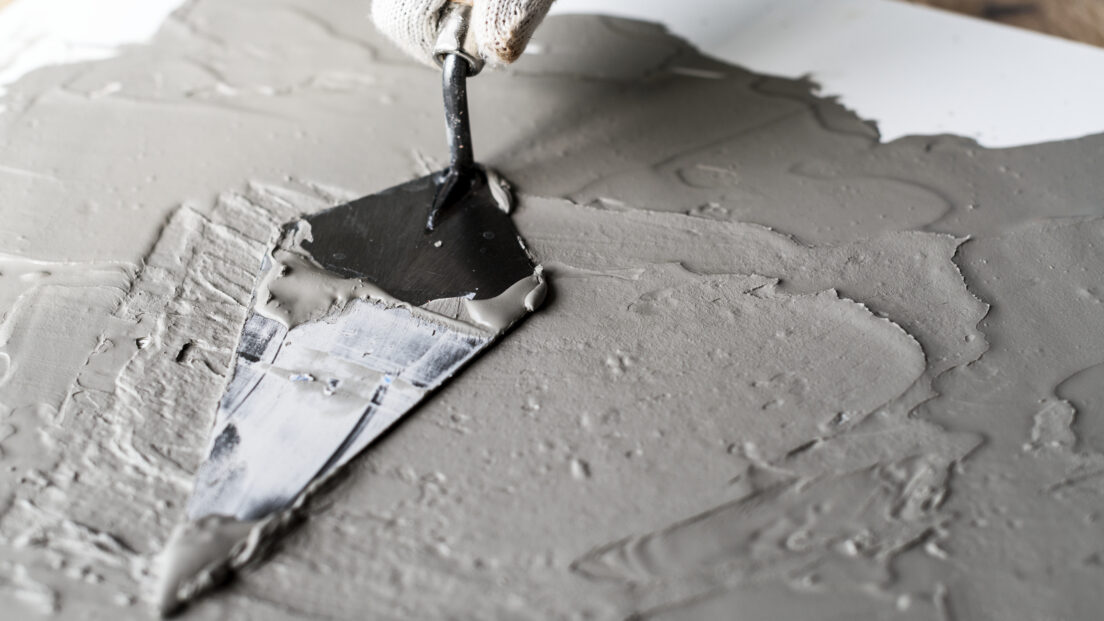Historic recipes make concrete more sustainable

A team from the Swiss Federal Institutes of Technology in Zurich and Lausanne and the architecture firm Archiplein have developed a recyclable, non-reinforced concrete using old techniques from historical archives. This reduces the use of CO2-intensive binding agents.
A team from the Chair of Sustainable Construction at the Swiss Federal Institute of Technology in Zurich, the Archives of Modern Construction research group at the Swiss Federal Institute of Technology in Lausanne and the Geneva-based architecture firm Archiplein has used old techniques to show that load-bearing walls can also be built without reinforced concrete. As part of the Circular Bulding Industry Booster, where Innosuisse promotes projects for a circular construction industry, the researchers searched for and found old concrete and cement recipes for walls that can even be made from untreated quarry waste in historical archives dating from Roman times to the 19th century, according to a press release.
“The challenge now is to revitalise these old methods – not for financial reasons, but for the sake of our planet,” says Archiplein partner Marlène Leroux. “We seem to have forgotten how to build simple load-bearing walls from leftover stone, with a minimal carbon footprint and without additives, chemicals or reinforcing steel.”
At the end of October, the team built six load-bearing walls from recycled quarry waste and field stones. They call them cyclopean walls. They tested different construction methods and three types of mortar-based binders and developed computer models. This allows new mortar formulations to be found that are inspired by the past but meet modern requirements.
In the next step, the team will develop standardised and low-carbon wall construction methods. Like their historical predecessors, they will carry out strength tests and draw up comparative tables.